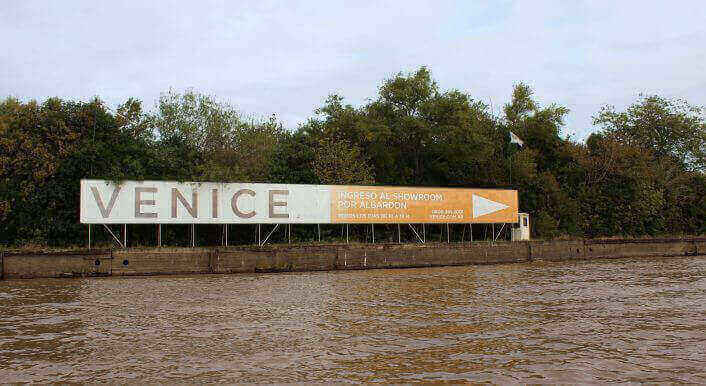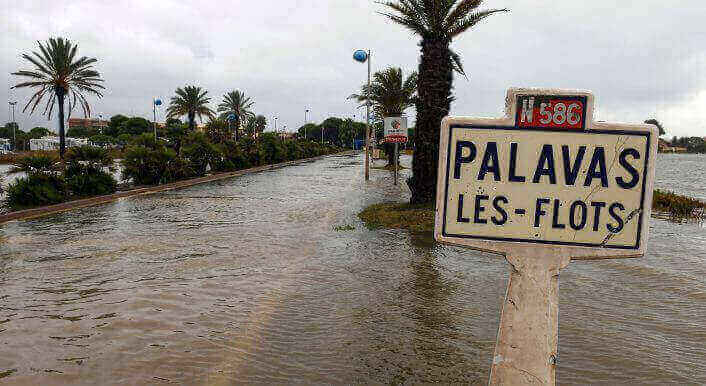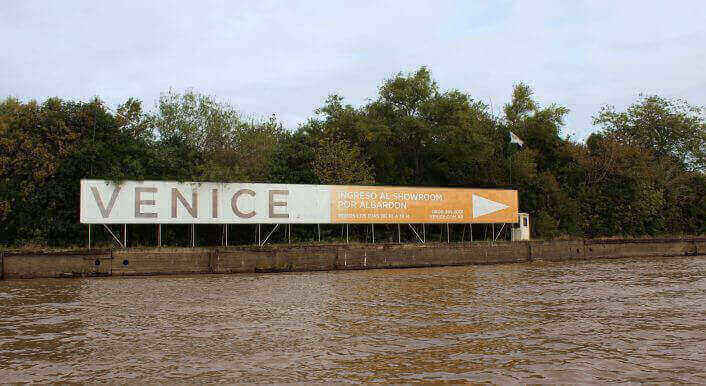Where the harbours are drying out
The sea level is rising everywhere in the world, except along the coasts of Finland and Sweden. But the sea is still rising here; it's just that the land is rising faster.

“We should be pretty safe for now“, says Martin Vermeer, a professor of geodesy at Aalto University in Helsinki, the capital of Finland, when talking about the effects of sea level rise in his home country. While global sea level is currently rising at an average of three millimeters per year Finland´s landmass is rising three to nine millimeters per year. In Scandinavia, the so called post-glacial uplift has been ongoing for ten thousand years or since the pressure from the huge weight of the glaciers was lifted off the land at the end of last glacial period.
“Globally sea level rises by about three millimeters per year in the last decade, whereas the land uplift, the post-glacial uplift in Scandinavia for example, reaches up to nine millimeters per year, so it is about three times faster than the sea level is rising at the maximum“, says Stefan Rahmstorf, professor of Physics of the Oceans at Potsdam University and Head of Earth System Analysis at the Potsdam Institute for Climate Impact Research. „That is why many places, especially around Scandinavia, experience relative sea level drop.“
The fact that the land in Finland is rising at the same rate as the sea or even faster means that sea level is dropping everywhere along the coastline. The same goes for Finlands neighboring country, Sweden, where land is rising at similar rates. This is causing problems along the coastlines of these countries such as for the shipping industries in the area. „The conditions for sea transportation in the area is getting more tricky“, says Sven Knutsson, professor of Soil Mechanics at Luleå University of Technology.
Fennoscandian land uplift (mm/yr) relative to the centre of the Earth. Land is rising 9 mm per year where the center of the glacier was but only 1-2 mm at the old margins, for example by the west coast of Norway. (Finnish Geospatial Resarch Institute.)
The port of the town of Luleå in northern Sweden is one of the biggest in the country when it comes to shipping goods and the biggest in terms of tons passing through. An easy and open access to the Baltic Sea is fundamental for the large iron ore industry and other industries in the area. But now it is being threatened.
“The land rise itself is creating a more shallow port“, says Henrik Vuorinen, the managing director for the port of Luleå in Sweden. Vuorinen describes how the port, which was built in the mid seventies, is getting to shallow for the larger ships that are coming into the port nowadays. „During these last forty years, the land has risen by approximately half a meter due to the post-glacial rebound.“
This is why the town of Luleå is working on a project to deepen its port so that bigger ships will be able to freight goods through there. „We plan to make a rather large dredging operation to deepen the fairway into Luleå“, says Vuorinen who hopes that the new and deeper harbor will be ready by 2023. The so called Iron Port Project, which is partly financed by the European Union, will cost about 1.7 billion Swedish crowns.
Luleå is a town in northern Sweden highly affected by the post glacial uplift that has been ongoing for last ten thousand years.
Drying lakes
But the shallowing sea water in the Baltic Sea is not the only thing worrying people in the area, says Sven Knutsson, professor of Soil Mechanics at Luleå University of Technology. Swedes are known for enjoying a swim in their fresh water lakes during the hot summer months but inhabitants of Luleå and surrounding areas are now worried about their lakes. As the the land rises they slowly become smaller and shallower. Knutsson describes how grass is already growing in these shallow lakes making them more dirty and less attractive than before.
“It becomes more of a muddied terrain instead of this open free space it used to be with its clear water“, Knutsson says adding that there is an ongoing discussion amongst the locals on what can be done about this. „There is a very strong debate in our city if the city should make some measures in order to keep the water surface free which is of course very expensive and they would be fighting against nature and loose anyway.“ Other things people are concerned with is the constant growth of the numerous small islands in the Baltic Sea. „Islands which were separated with water earlier are now connected“, says Knutsson.
Finland is gaining new land
Across the Baltic Sea people are facing different problems. Ostrobothnia makes up a land area in Western Finland where floods have become more common due to land rise. Martin Vermeer, a professor of geodesy at Aalto University in Helsinki, the capital of Finland, describes how land is rising faster by the coastline than further east which is causing rivers to tilt. „The big rivers flow from the east to the Gulf of Bothnia, and because of the land is rising more in the west than in the east, it is tilting“, he says adding that this can cause big river floods especially during spring time when the rivers are full of melting snow water.
Another more positive effect people in Finland are experiencing due to land rise is all the extra land that is being added to the coastline. „Finland is gaining seven hundred hectares every year due to this uplift“, says Vermeer, stressing that a very thin strip is added to the western coastline of Finland every year. „And after a generation or so it is noticeable that there is more land than on old pictures.“ Newly added land is by default owned by the state but people owning land adjoining it can claim it. This has sometimes caused a stir between neighbors claiming the same land with such issues ending up in courts.
Although the inhabitants of Finland and Sweden do not have to worry about the effects of sea level rise for now it is highly likely that will change in the near future. As the atmosphere warms the sea level will likely continue to rise at accelerating rates, says Vermeer. „As temperatures go up the sea level rise will increase further and even Finland won´t be safe after that.“



